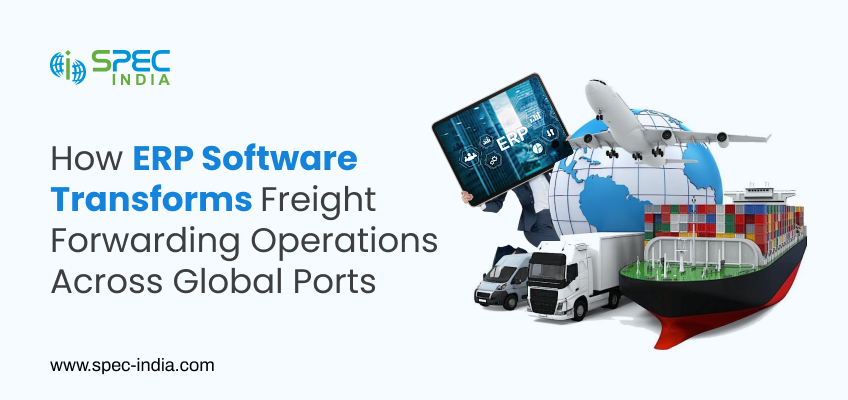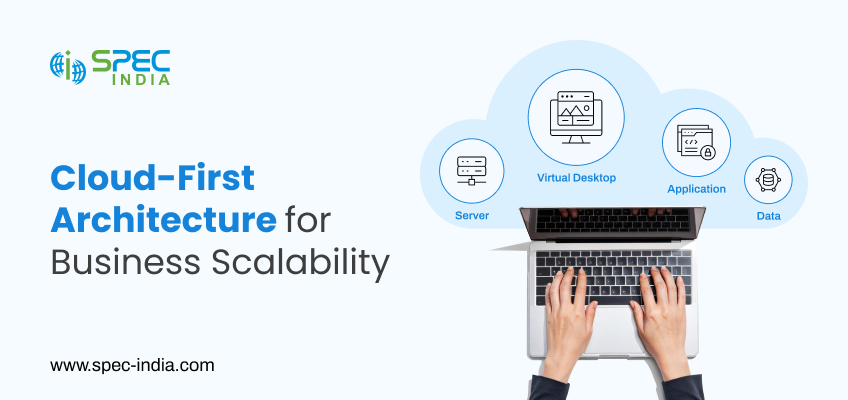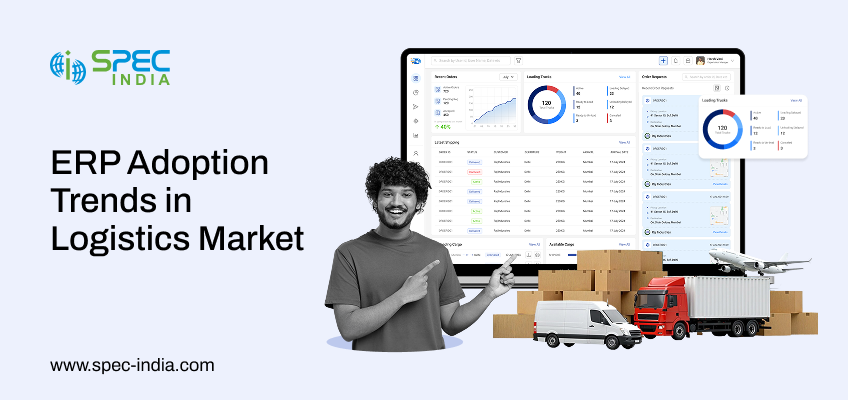
Will Low-Code/No-Code App Development Replace Traditional Development?
If you look around, you can see that all companies, large or small, are in a rush to create digital...

Freight Forwarding ERP Integration for Multimodal Logistics (Sea, Air & Land)
For freight forwarders, managing the movement of goods by sea, air, and land is a lot like handling flaming torches....

How EDI and API Are Redefining Global Freight Management System?
Today’s global trade environment is highly volatile, and user expectations are proliferating. For decades, Electronic Data Interchange has been the...

How ERP Software for Freight Forwarding Transform Operations Across Global Ports
Ever had a shipment delayed at the port due to forgetting to update a spreadsheet or an email being missed?...

Cloud-First Architecture: What CEOs Should Know About Scalability and Security
Cloud is no longer the talk of the town; in fact, it has become a top priority for any business....

ERP Adoption Trends in the Nordic and European Logistics Markets
Do you know what unifies the evolving European logistics ERP market? Smarter trucks and greener warehouses are one tangible answer,...

